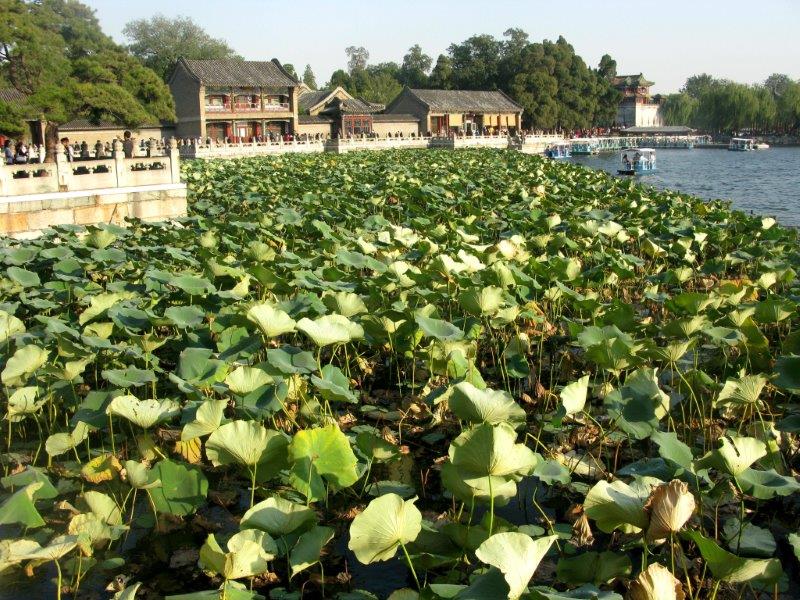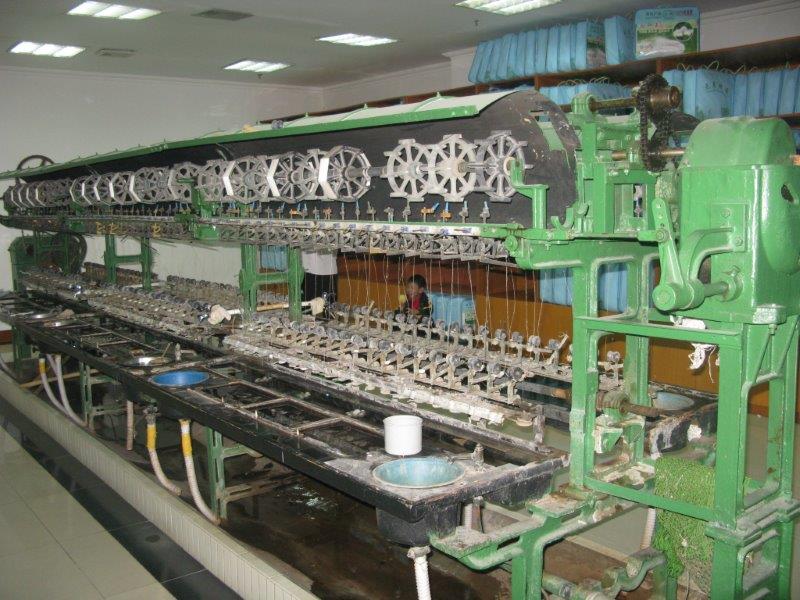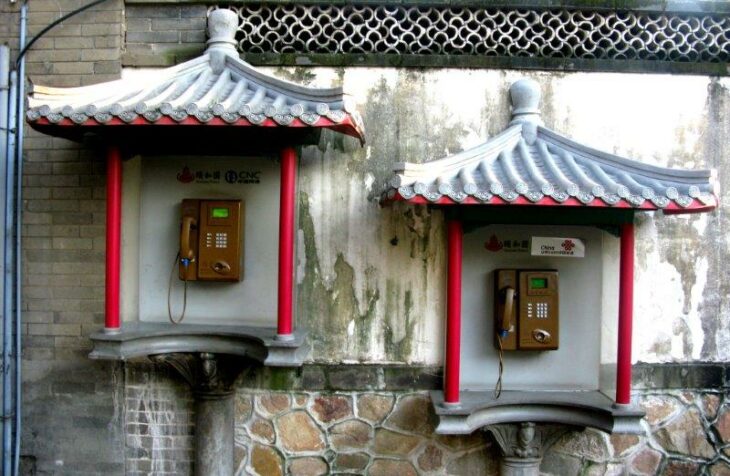Let’s go to Beijing
I have been to Beijing twice. Loads to do so let’s go!
Tianamen Square

Who will ever forget that picture of the lone figure in front of the tank during the protests of 1989. Today the square is not only the largest in the world, it is a much friendlier place. The large picture of Chairman Mao is the entrance gate to the forbidden city. Another prominent feature is the monument to the People’s Hero’s. The monument was built between 1952-1958 as a memorial to the martyrs who laid down their lives for the revolutionary struggles of the Chinese people during the 19th and 20th century. The monument is almost 40 meters high and contains 17,000 pieces of marble with a total weight of 10,000 metric tons.
Raising the flag
This is one of those quirky little events that if you can get up before dawn (or earlier is my advice) it is well worth the effort. The flag raising takes place in Tiananmen Square every morning at dawn and the place is a hive of activity despite the early hour.At sunset the flag is lowered. Every hotel will have a list of the times, or you can simply look it up on the internet.This is very much a Chinese event and there were very few tourists. Be warned the place gets packed and trying to push your way to the front is not an option.
The Forbidden City

No longer forbidden!The Forbidden City sits in the center of Beijing just off Tian’anmen Square. This huge palatial expanse (the largest in the world) was once home to 24 Ming (1368–1644) and Qing Emperors (1644–1911). In ancient times the belief was that g-d’s residence in heaven was a purple palace and that the emperor was the son of heaven. The emperor’s palace was built as a..replica to the purple residence, which he in turn believed bestowed him with G-d’s supreme power on earth. A further notion was that a place of such divine purpose was to important for ordinary people to see, hence the name; Forbidden City.
Temple of Heaven

The Temple of Heaven was constructed during the reign of the Yongle Emperor from 1406-1420, who was also responsible for building the Forbidden City. At 2,700,000 square meters it covers a larger area than the Forbidden City. As the Emperors of the day saw themselves as the son of heaven the principle purpose of the Temple was to offer sacrifices to heaven. Twice a year the emperor would move all his retinue from the forbidden city to the Temple of Heaven for this purpose. As a sign of respect and to demonstrate the seriousness of the matter in hand they would abstain from meat and earthly pleasures
The Summer Palace

The beautiful grounds of the palace translates in Chinese to Gardens of Nurtured Harmony and its easy to see why. Many of the buildings have charming names like the Hall of Benevolence and Longevity. Out of an area of 2.9 sqaure kilometers, three quarters of it sits on the 2.2. square meter Kunming Lake. One of the most quirky sights is the marble boat. This unusual structure is 36 meters in length and was first erected in 1755. It was destroyed during the 2nd opium war but restored in 1893. Another feature of the summer palace is the 728 meter walkway.which contain a staggering 14,000 paintings. This and the two attractions are usually included in a one day excursion..
Mao’s Mausoleum
The Mausoleum of Chairman Mao sits at the Southern end of Tianaman Square. It is open 6 days a week from Tuesday to Sunday (closed on Monday) from 8am to 12pm. Be warned the lines to get in are long. I went at 10am and I had to walk 10 minutes just to reach the end of the line. Don’t let this put you off. The line is constantly moving. It took me 40 minutes. Make sure you are not carrying anything on you and you must bring your passport.
The Lama Temple
Yonghe Lamasery, or as it is popularly known as; The Lama Temple is one of the largest Tibetan Monasteries in the world. The temple was built during the Qing dynasty in 1694 and started life as the official residence of court eunechs. It was later converted into the court of Prince Yong and by the time he ascended to the throne in 1722, half of the building was turned into a monastery for Tibetan monks. It survived the Cultural Revolution only by the intervention of Premier Zhou Enlai who served under Chairman Mao from 1949 until his death in 1976. In 1981 the Monastery was opened to the public.
The Silk Factory

Just about every day tour in China will include a silk factory in its itinerary. We went to the Yuan Hou factory in Beijing. It is one of China’s most famous products and if like me you are partial to the beautiful feel and quality of real silk (and you can be sure you are getting the real thing) then this can be a dangerous experience. Every trip to a silk factory will include a full tour and an explanation on the whole process. The icing on the cake is a visit to the store at the end of the tour.
The Olympic Stadium

Or as it is affectionately known as; The Birds Nest. It was built to host the 2008 Olympic Games.The stadium had a maximum capacity during the Olympics of 91,000. It hosted the opening and closing ceremonies, the athletic events and the football final. The stadium measures 330 meters in length by 220 meters width, and is 69.2 meters at its highest point. It can withstand a magnitude eight earthquake. Next door to the Birds Nest you will find the equally impressing Water Cube which hosted the swimming and diving events.. It is now open to the public and easily reached on subway line # 8 by getting off at the Olympic Sports Center Station.
The Great Wall
No trip to Beijing is complete without a trip to the Great wall. I went to the Mutianya section of the wall. You need to reach Dongzhimne subway station and then catch the 916 bus. I later discovered there is a direct bus from Beijing. A lot of people tend to go to Badalang which is far more touristy. You can climb to the top of the wall which winds its ways Mutianyu winds it way for 1-1/4 miles of bends and turns. Almost 95% of the wall is next to forested areas.
A night at the opera
All hotels will book you a night at the opera. This can be as simple or as fancy as you want, including a full Peking Duck dinner. I took the simple option and a few of us were taken by foot to the Opera house from our hotel. The Opera is an elaborately costumed affair with a very simple plot, usually along the lines of a young girl searching for her love and of course as every happy ending finding it. This will not be to everyone’s taste and it wasn’t to mine but I was certainly glad I went as it is a big part of the culture.

 Tiny Teddy
Tiny Teddy